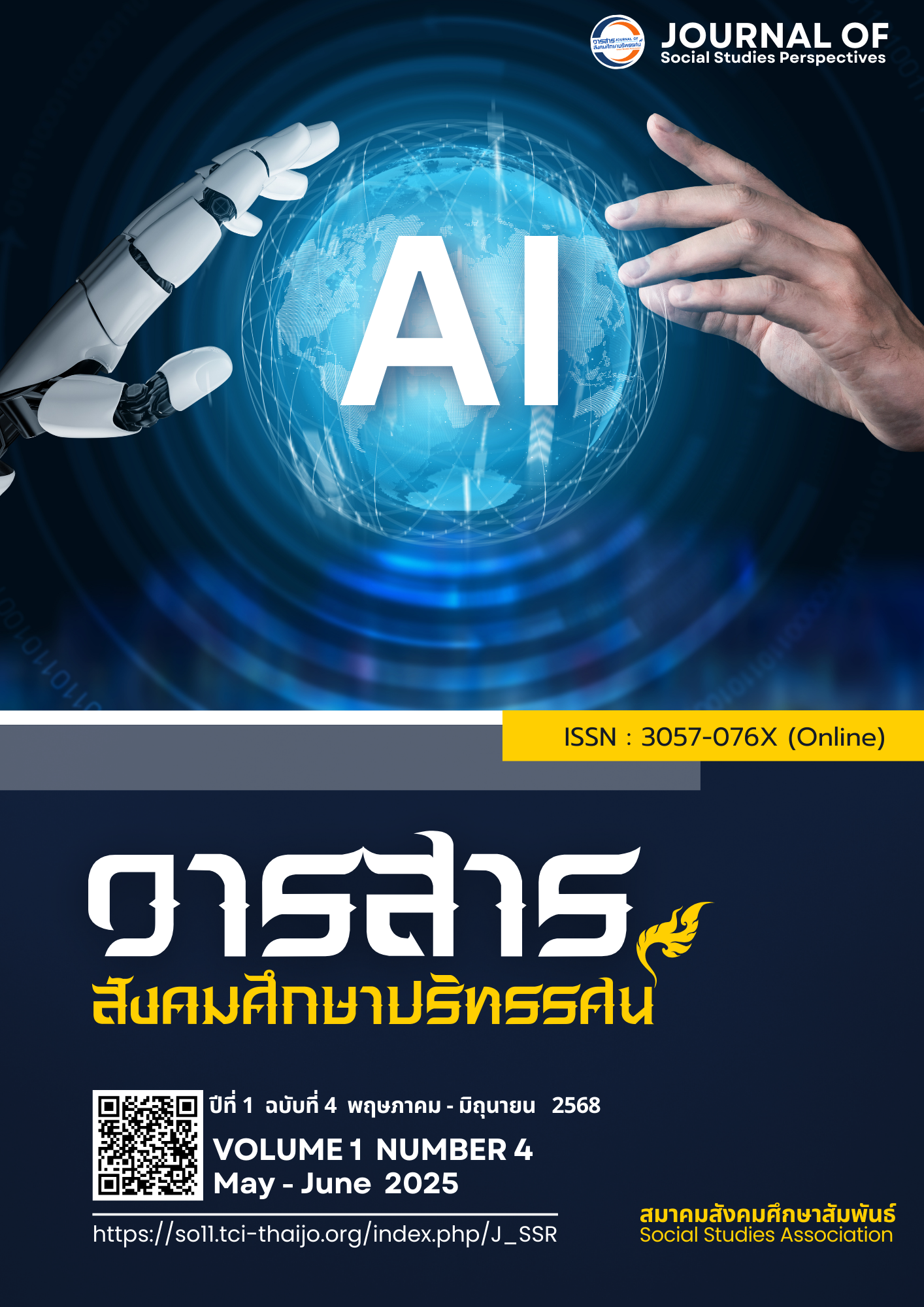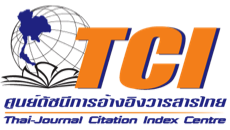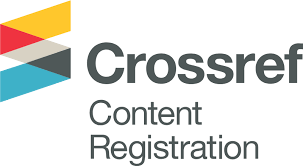THE APPROACH TO PERSONNEL MANAGEMENT IN SECONDARY SCHOOLS , CLUSTER 12
DOI:
https://doi.org/10.64186/jsp1545Keywords:
Educational Administrators, Personnel Management, Cluster 12Abstract
This research article aims to 1) investigate the problems and needs of administrators in personnel management, 2) develop guidelines for personnel management, and 3) evaluate the effectiveness of these guidelines. This quantitative research employed user experience research and personnel management guidelines as the research framework. The research was divided into three phases: Phase 1: User experience research to study needs, with a sample group of 15 school administrators and teachers selected through purposive sampling; Phase 2: Development of personnel management guidelines and evaluation of the guidelines, with a sample group of 5 experts selected through purposive sampling; and Phase 3: Evaluation of the personnel management guidelines using the PAACBIE Model, with a sample group of 212 school administrators and teachers selected through simple random sampling. Three types of instruments were used: 1) a needs assessment questionnaire, 2) a guideline evaluation form, and 3) a guideline effectiveness evaluation form. Data were analyzed using means and standard deviations. The research findings revealed that school administrators needed to improve personnel management in five areas: 1) Role matching the right person to the right job, 2) Emotion—developing skills and knowledge, 3) Perception needing information on job positions and descriptions, 4) Attitude giving importance to all positions, and 5) Behavior communicating job scope and responsibilities. The development resulted in personnel management guidelines creating the PAACBIE Model with seven components, which received the highest level of expert evaluation. The overall evaluation of the PAACBIE Model was also at the highest level ( = 4.55, S.D. = 0.53). The knowledge gained from this research is the PAACBIE Model for human resource management in educational institutions, which has 7 components (Position, Acquaint, Assess, Choose, Bring to, Improve, Evaluation), enabling administrators to manage human resources systematically and effectively.
References
Amporn, S., Chakrit, P., & Chatupol, Y. (2022). Development of Human Resource Management
Model Responding to Disruptive Changes of Autonomous Higher Education Institutions.
Science and Engineering Connect, 45(2), 193-214.
Chatchaphon, W. (2017). Personnel administration in small schools: Guidelines for workforce
planning and personnel development. Journal of Educational Policy, 5(3), 130-148.
Chayanit, P., & Khampanat, W. (2021). Personnel administration in small schools under
Phitsanulok Primary Educational Service Area Office 1. Journal of MCU Buddhapanya
Review, 6(2), 85–96.
Jittakorn, S., Udon, U., & Patidham, S. (2022). Guidelines for Personnel Management according
to Iddhipada 4 of School Administrators under the Uthai Thani Primary Educational
Service Area Office 2. The Journal of Research and Academics, 5(4), 211-226.
Natchira, T., & Paradee, A. (2021). A Personnel Administration Development Model for
Dual – Language Program of Private School. Journal of MCU Nakhondhat. 8(2),
-380.
Onnarin, R. (2022). The human resource management of Anuban Somdet Phra Wanarat
School under Suphan Buri Primary Educational Service Area Office 3.
Master’s Thesis in Educational Administration. Silpakorn University.
Panyawat, S., & Niyada, P. (2022). Need and Guidelines for Personnel Management in Small
Schools Under the office of Khon Kaen Primary Educational Service area 5. Journal of
Buddhist Philosophy Evolved, 7(1), 488-499.
Sitthichai, S., & Worakrit, T. (2022). Educational administration based on Buddhist principles.
Graduate Studies Review Nakhonsawan Buddhist College, (10)1, 165-174.
Sorawit, I., & Thada, S. (2024). Principles of personnel administration for school
administrators. The 16th National and International Research Conference.
Suchada, K. & Tarirat, S. (2021). Guidelines for Development of Personnel Administration of
School Executives under the Secondary Educational Service Area Office, Area1,
Group 6, BMA. Journal of Roi Kaensarn Academi, 6(12), 152-165.
Thippayong, R., Linda, N., & Saifon, S. (2021). Transformational leadership of administrators
affecting the effectiveness of personnel administration in schools under local
administrative organizations in Chachoengsao Province. Journal of College of
Administration, 4(4), 31–47.
Watcharasak, S., Suwimol, W., & Kanit, S. (2018). School climate: Development of
measurement instruments from a teacher's perspective using user experience research.
Journal of Research Methodology, (31)2, 172-198.
Downloads
Published
How to Cite
Issue
Section
Categories
License
Copyright (c) 2025 Journal of social studies perspectives

This work is licensed under a Creative Commons Attribution-NonCommercial-NoDerivatives 4.0 International License.
The article is published under the Creative Commons Attribution-NonCommercial-NoDerivatives 4.0 International (CC BY-NC-ND 4.0) license, which allows others to share the article while giving appropriate credit to the author. It prohibits the use of the article for commercial purposes or the creation of derivative works. Any other reuse or reproduction requires permission from the journal.









